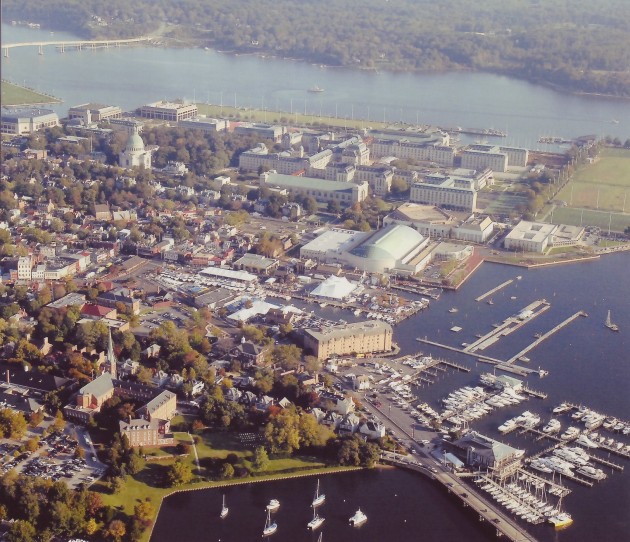
Last summer was wonderful, but a classic example of overdoing. My fellowship at Cal Tech was transformative, and I loved the time spent with the National Weather Service in Kansas City. However, teachers need down time to recharge their batteries and prepare for new students. I didn’t account for that, a mistake I will not make again.
This year things are pretty simple. I have a single program planned: from July 10 to July 22, I’ll be at the US Naval Academy in Annapolis, Maryland studying oceanography.

 The program is called the Maury Project, named after Matthew Fountaine Maury, a 19th Century US Naval officer who is considered to the founder of modern oceanography. He came up with the clever idea of mapping coastal regions throughout the globe, and tried to get his hands on as many ships’ logs as he could to help in his efforts. He is sometimes called “the Pathfinder of the Seas,” named, I suppose, after John C. Fremont.
The program is called the Maury Project, named after Matthew Fountaine Maury, a 19th Century US Naval officer who is considered to the founder of modern oceanography. He came up with the clever idea of mapping coastal regions throughout the globe, and tried to get his hands on as many ships’ logs as he could to help in his efforts. He is sometimes called “the Pathfinder of the Seas,” named, I suppose, after John C. Fremont.
The program is sponsored by NOAA (National Oceanic and Atmospheric Administration), the US Naval Academy, and the American Meteorological Society. Its goal is to provide teachers with the knowledge and background to be able to incorporate oceanography studies into the curriculum.
Since I’m primarily a math teacher, I often get asked why I’m interested in studying meteorology, climate, and oceanography. Although it’s true that I have taught more math than science, I’ve certainly supported science teachers, particularly those in the physical sciences. In almost all American schools, whether upper income or the poorest of the poor, American students flounder in math, which makes teaching chemistry and physics very challenging. I’ve taught chemistry and physics as well as supporting chem and physics teachers, and it can be very painful.
One of my thoughts is to offer alternative courses that would be rigorous and academically demanding but that would not have the heavy math overlay that deter so many students from mastering (or even considering) chemistry and physics. Weather and oceanography are intimately connected, and everyone is interested in the weather. I can teach a lot of good chemistry and physics using the practical examples of weather and oceanography, and I hope to devise and teach such a course in the future.
I’ll be reporting what we’re doing at the Naval Academy much as I reported on Churchill in 2014 and Kansas City in 2015 (though I still have to finish up on Kansas City!) We will also be sailing on an oceanographic vessel on Chesapeake Bay, one of the most interesting tidal estuaries in the world. I hope to give you a sense of what we’re learning. In the meantime, you can read more about the Maury Project here.